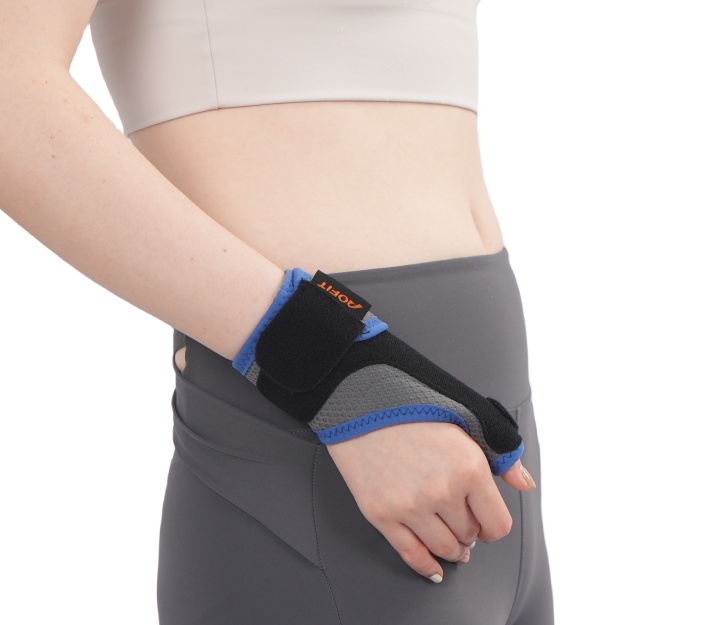In today's digital age, where many of us spend a significant portion of our day working on computers, maintaining proper posture is crucial. Poor posture while using a computer can lead to various issues, including pain in the forearm, wrist, and hand. In this article, we'll delve into the importance of maintaining good posture and explore practical tips to prevent discomfort and pain.
Slouching with the head dropped and arms extended while working on a computer can result in a detrimental position known as the "big slump." This posture not only strains the muscles in the neck, shoulders, and back but also increases the risk of developing repetitive strain injuries in the forearms, wrists, and hands.
Hand and forearm pain can often be traced back to the neck. Nerves originating from the base of the neck travel down the arm, and any compression or irritation along this pathway can lead to symptoms such as numbness, tingling, or pain in the hands and fingers.
Poor Typing Habits: Typing with wrists touching the desk or applying excessive force on keys can strain the muscles and tendons in the forearm, leading to symptoms like stabbing or dull throbbing pain.
Improper Keyboard Setup: Using an ill-fitting keyboard or one without proper support can exacerbate forearm and wrist discomfort.
Inadequate Mouse Position: Using a mouse in a poor position, such as with the arm outstretched or the wrist twisted, can contribute to hand and wrist pain.
To alleviate symptoms and prevent further discomfort, it's essential to make ergonomic adjustments to your workspace:
Float Your Wrists: Type with your wrists floating above the keyboard to reduce strain on the forearm muscles.
Use a Shaped Keyboard: Invest in a keyboard with a shaped surface that supports the natural curve of your hands, reducing strain on the wrists.
Separate Numeric Pad: Consider using a keyboard with a separate numeric pad to allow for a more comfortable typing position.
Maintain Neutral Wrist Position: Keep your wrist in a neutral position while using the mouse to minimize strain on the forearm and hand muscles.
Choose the Right Mouse: Opt for a mouse that fits comfortably in your hand and allows for a natural grip to reduce strain.
Use an Inline Mouse or Wrist Rest: Consider using an inline mouse or wrist rest for resting purposes only, avoiding prolonged pressure on the wrist.
Utilize AOFIT Wrist Support: Incorporating AOFIT wrist brace into your workspace setup can provide additional support and stability to the wrists, reducing strain and preventing discomfort.

If ergonomic adjustments fail to alleviate symptoms or if you experience persistent pain and discomfort, it's essential to consult a healthcare professional. They can provide a proper diagnosis and recommend personalized treatment options to address your specific needs.
Proper posture while using a computer is paramount to prevent pain and discomfort in the forearm, wrist, and hand. By maintaining good ergonomics and making simple adjustments to your workspace setup, you can reduce the risk of developing repetitive strain injuries and enjoy a more comfortable computing experience.
How can I tell if my workstation setup is causing my forearm and wrist pain?
Pay attention to any discomfort or pain you experience while working at your computer. If you notice symptoms like numbness, tingling, or soreness in your forearms or wrists, it's essential to evaluate your workstation ergonomics and make necessary adjustments.
Are there any exercises I can do to alleviate forearm and wrist pain?
Yes, there are several exercises and stretches specifically designed to relieve tension and strengthen the muscles in the forearms and wrists. Consult a healthcare professional or ergonomic specialist for guidance on exercises that are safe and effective for your condition.
Is it necessary to invest in ergonomic equipment to prevent forearm and wrist pain?
While ergonomic equipment can certainly help improve comfort and reduce the risk of injury, simple adjustments to your workstation setup, such as proper keyboard and mouse positioning, can also make a significant difference. Start by optimizing your existing setup before considering additional investments.
How often should I take breaks from computer work to prevent forearm and wrist pain?
It's essential to take regular breaks from computer work to give your muscles and joints a chance to rest and recover. Aim to take a short break every hour or so to stretch, move around, and relax your hands and wrists.
What should I do if I experience persistent forearm and wrist pain despite ergonomic adjustments?
If you continue to experience persistent pain and discomfort despite making ergonomic adjustments, it's crucial to seek professional medical advice. A healthcare professional can assess your condition, provide a proper diagnosis, and recommend appropriate treatment options to address your symptoms.